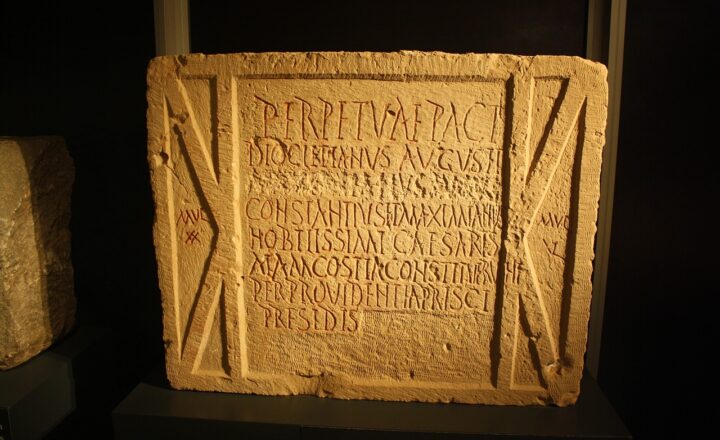How the World’s Oldest Board Game Was Played 4,500 Years Ago
November 15, 2024

Board games have been a source of entertainment and intellectual challenge for millennia. Among them, one game stands out for its incredible history: **Senet**, often considered the world’s oldest board game. Dating back to ancient Egypt around 4,500 years ago, Senet offers a fascinating glimpse into the past. Join us as we explore the origins, rules, and significance of this ancient game, and how it reflects the culture and beliefs of its time.
1. The Origins of Senet
Senet, which translates to “passing” in ancient Egyptian, is believed to have originated during the First Dynasty of Egypt. Archaeologists have uncovered Senet boards in tombs dating back to 3100 BC, indicating that this game was played by the elite and likely held spiritual significance.
The game was not simply an avenue for entertainment but was intertwined with religious and philosophical beliefs. Senet’s gameplay is a reflection of the ancient Egyptian view of the afterlife, where the objective of the game symbolically represented the journey through life and into the afterlife, confronting challenges and overcoming obstacles along the way.
2. The Design and Components of Senet
Senet is played on a rectangular board, usually featuring 30 squares arranged in three rows of ten. The board was typically made from wood, stone, or cloth and often had intricate designs painted on it. The game utilized a set of **seven pieces per player**, which were commonly crafted from materials such as ivory, wood, or stone.
In addition to the playing pieces, **throw sticks**, also known as casting sticks, were utilized in place of dice. These sticks would be thrown to determine the number of spaces a player could move their pieces. The rules surrounding movement and the layout of the board varied through time, reflecting the game’s evolution.
3. Basic Rules of Gameplay
While the exact rules of Senet have been lost to time, scholars have pieced together a likely version of gameplay based on artifacts, inscriptions, and comparative games.
Here’s a simplified version of how Senet was played:
- Starting Position: Each player places their seven pieces on the board’s back row.
- Movement: Players take turns casting the sticks. The result dictates how many spaces a player may move their pieces, often allowing them to move a single piece or split the moves between pieces. A successful roll permitted movement forward, while landing on certain squares could involve capturing an opponent’s piece.
- Entering the House of Beauty: Some squares were believed to represent the afterlife or special zones where players faced challenges. Capturing an opponent’s pieces or landing on these squares enhanced the strategy of the game, with the ultimate aim of moving all pieces off the board first.
- Winning: A player wins by successfully maneuvering all their pieces off the board, signifying a successful journey through life and to the afterlife.
4. Cultural Significance of Senet
Senet’s impact transcends mere entertainment. It holds a mirror to ancient Egyptian society, demonstrating their rich culture and beliefs regarding life and death. The presence of Senet boards in royal tombs suggests that the game was also considered a means of securing favor in the afterlife.
Moreover, references to Senet and its gameplay surface in ancient artifacts, paintings, and writings. Pharaohs and elite individuals played it as a symbol of their power and intellect, enhancing its prestige.
5. Modern Rediscoveries and Legacy
The fascination with Senet has endured through the ages, with modern recreations attempting to mirror its original gameplay. Archaeologists and historians continue to study remaining artifacts and documents to understand better the intricacies of the game’s rules and significance.
Today, Senet serves as a beloved cultural icon, often depicted in various media, from literature to digital games. Its reintroduction into homes worldwide showcases the timeless nature of board games, bridging ancient history and modern gameplay.
Conclusion
The legacy of Senet is a testament to the human love for strategy, competition, and cultural storytelling. This ancient game not only provides insight into life in ancient Egypt but also connects us with the shared experience of games across different cultures and epochs. By reflecting on how it was played 4,500 years ago, we honor this timeless pastime and understand its role in the fabric of human history.
As board games continue to thrive, may we remember Senet as a foundational element that has influenced countless generations of gamers, reminding us of the importance of play and the ties that bind us all through shared experiences.








